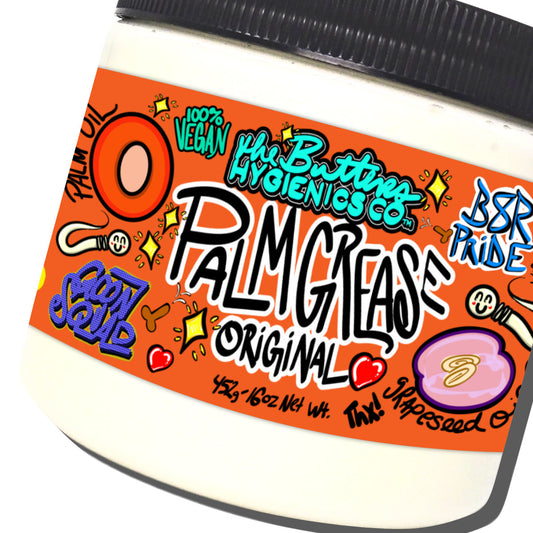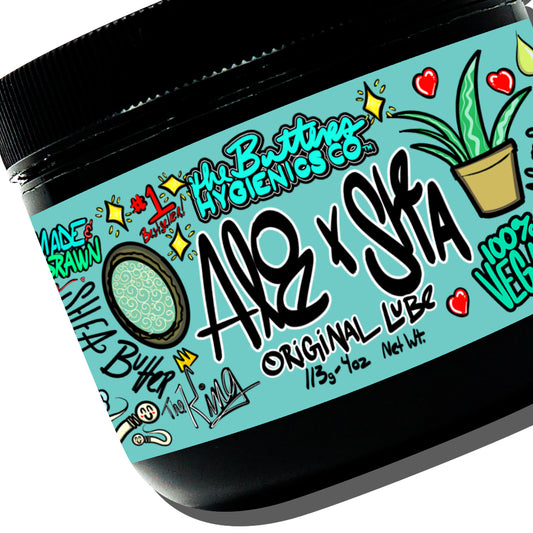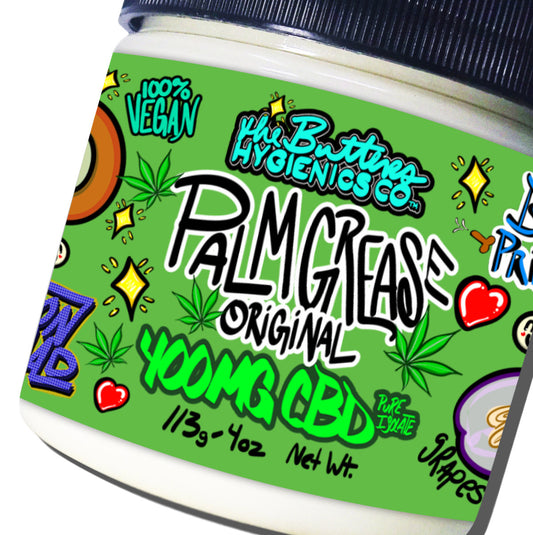
Oil-Based Lube Material Compatibility - A Complete Guide
Share
Materials have varying chemical structures, which will respond differently when exposed to other substances. Oil-based lubricants, which usually contain hydrocarbons, can interact with other materials either chemically or physically, leading to compatibility or incompatibility.
Compatible With:
-
Most metals: The molecules in oil-based lubes create a protective layer on metal surfaces that prevents rusting and reduces wear.
-
Glass: The non-reactive nature of glass means it does not chemically interact with oil-based lubricants.
-
Ceramics: Like glass, ceramics are mostly inert, allowing for compatibility with oil-based lubes.
-
Thermoset plastics: Once these plastics are set, their chemical structure is stable and generally non-reactive. This makes them more resistant to solvents and oils.
-
Some thermoplastic materials (PE & PP): These plastics have a structure that doesn't break down easily when in contact with oils.
-
Most elastomers: Their elasticity combined with their chemical makeup can often tolerate and absorb oils without degrading. However, specific formulations might react differently.
Not Compatible With:
-
Latex: Oil-based lubricants can break down the proteins in latex, weakening its structure and making it more prone to breakage. This can compromise the efficacy of latex products like condoms.
-
Polyurethane: Some types of polyurethane have ester bonds that can break down in the presence of oil, leading to degradation of the material.
-
Polyisoprene: This is a synthetic version of natural rubber. Oil can disturb its molecular structure, reducing its strength and elasticity.
-
Soft plastics and rubbers: The molecules in oils can penetrate the matrix of these materials, causing them to swell, soften, or degrade over time.
Why Compatibility Matters:
Compatibility ensures that materials maintain their structural integrity and performance over time. When materials degrade due to incompatibility, they can fail to function as intended, leading to inefficiencies or even hazardous situations, especially in critical applications like medical devices or safety equipment.
Conclusion:
Understanding the compatibility of oil-based lubricants with various materials is essential to ensure safety and functionality. Always prioritize manufacturer's recommendations, and when uncertain, a spot-test or consultation can help mitigate risks.




